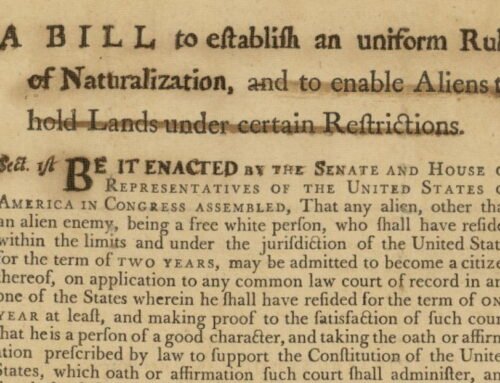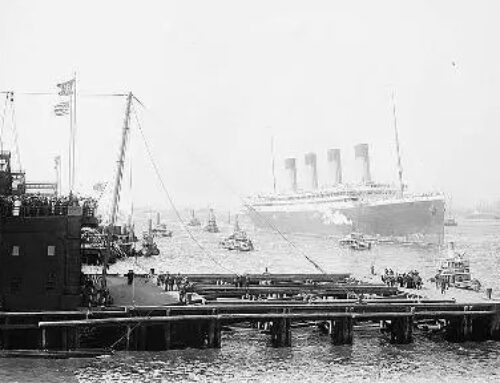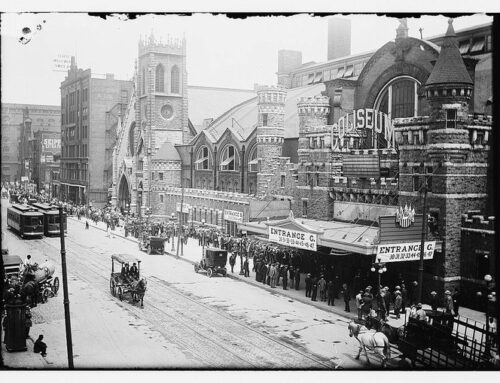For International Women’s Day, I am honoring Annie Moore. Arriving in New York with her two younger brothers on 2 Jan 1892, the teenaged “little rosy-cheeked Irish girl” was the first person admitted at the new federal immigration station on Ellis Island.
I’ve been working on a new presentation on immigrant experiences at New York ports and find Annie Moore fascinating.
Her story is a familiar one for those genealogists (and I include myself) who are interested in the history of Ellis Island and look to her experience as a proxy for our own immigrant ancestors.
“As soon as the gangplank was run ashore, Annie tripped across it and was hurried into the big building that almost covers the entire island…. When the little voyager had been registered Col. Weber presented her with a ten-dollar gold piece and made a short address of congratulations and welcome. It was the first United States coin she had ever seen and the largest sum of money she had ever possessed. She says she will never part with it, but always keep it as a pleasant memento of the occasion,” according to the New York Times’s 1892 account.
 Annie was immortalized “in song, in bronze statues in New York Harbor and in Ireland, and in the name of a bar near Grand Central Terminal.”
Annie was immortalized “in song, in bronze statues in New York Harbor and in Ireland, and in the name of a bar near Grand Central Terminal.”
But what became of Annie Moore after she entered the country? Her life in America, after her initial moments of fame, also speaks to the difficulty immigrant women experienced forging new lives in an unfamiliar country. A legend persisted that Annie Moore moved to Texas, where she was killed in a streetcar accident. In fact, according to genealogist Megan Smolenyak Smolenyak, Annie Moore lived out her life in poverty in the tenements of the Lower East Side until her death in 1924. Tenant rights, housing codes, food and water purity codes, public health initiatives, schooling to increase literacy; all were desperately needed by the immigrant generation of which Moore was a part.
Moore’s family members had a photograph depicting Annie Moore later in life. Until recently, no photos of the young woman on Ellis Island were thought to exist.
In 2012, the New York Times published a new article on Moore, “Discovering a New Photo, Perhaps, of Ellis Island’s Annie.” Although others disagree, Smolenyak believes that a photograph found in an album donated to Ellis Island officials by the family of its first superintendent, John B. Weber, is indeed Annie Moore and her brothers Anthony and Philip at Ellis Island.
All of this is a long way of honoring Annie Moore on International Women’s Day. Consider spending a bit of time with your female immigrant ancestors today in her memory.






Leave a Reply